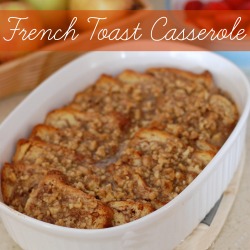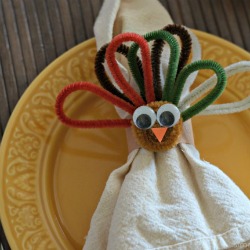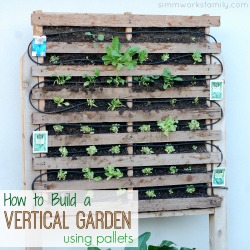Wool covers can be a bit intimidating at first. But once you start using them I’m sure you will start to love this amazing fabric. Not only is it absorbent, it’s breathable as well. I love using wool covers at night to reduce the chance of any irritation or redness on my children’s legs due to PUL covers. I do have to admit that I was quite scared to wash them when I received my first wool soaker in the mail. I was scared that I’d somehow ruin it and I would have spent a lot of money on nothing. But I followed the directions I was given very carefully and have never looked back!
So once you add a piece of wool (or two or five) to your collection, the first thing you’ll need to do is learn how to properly clean it. The best part about cleaning wool is that, at most, you’ll only have to wash it once a week. I actually go every 2-3 weeks with my wool since I switch two covers every other night. But you can definitely tell when it’s time for a washing.
You’ll need a few basic supplies for washing your wool diaper covers:
Sink, pot or bucket: We like to use a large pot for one item, but for more wool items you’ll need to use the sink (or a large 5 gallon bucket).
Water: You will need warmish, but not hot water to clean your wool without shrinking or felting.
Wool soap: Liquid or solid, you choose! We have both liquid wool wash and a wool wash bar.
Towel: We use a bath sized towel. Choose an older one in case any color bleeds out of the wool.
Here’s how to get started:
- Rinse your wool covers in cool water and gently squeeze out excess water. This will remove any urine salts in the wool that will dry the fibers and retain odor.
- Fill your sink, pot or bucket with tepid (not hot or boiling) water.
Now for the soapy part
- If using liquid wool soap, add about a teaspoon to about 1 quart of water. Use approximately 1 tsp and 1 qt of water for each item when washing multilple items together.
- If using a bar wool soap, lightly lather the bar under the water as you fill the basin.
- Gently move the water in and around the wool in the sink for 1-2 minutes.
- Soak your wool diaper cover for 10-15 minutes, without any further agitation. The wool wash will work on its own without your help.
- Watch your wool in case of bleeding color. If your wool diaper cover is bleeding color you may want to shorten the soaking time.
And the drying part
- Drain the water from the sink and gently squeeze some of the water from your wool diaper cover. Be sure to handle it carefully, supporting all of its weight. Don’t let any parts dangle.
- Refill the sink with cool water and place the wool diaper cover into the clean water to rinse. This will remove soap residue and any grime that didn’t go down the drain.
- Drain the water again and let the diaper cover drain in the sink after the water is all out, or move the diaper cover to a colander.
- Gently squeeze the diaper cover to remove additional excess water.
- Carefully place your wool diaper cover on the towel, roll it up into the towel and press to remove excess water.
- Lay the wool diaper cover out flat on a screen or another towel, shaping it gently back to its original shape and let it air dry.
Once your cover is completely dry you can start to use it again. It’s as simple as that! And some say that they’ve had success using their washing machine to wash their wool (not the crochet or knitted stuff!) however I haven’t been brave enough to try yet. Now start shopping… if you’ve already begun cloth diapering then I’m sure you are already addicted to purchasing the diapers. Just wait till you see what wool options are out there! Dangerous. But only for your bank account.
Source: Zany Zebra Designs, Pinstripes and Polkadots






